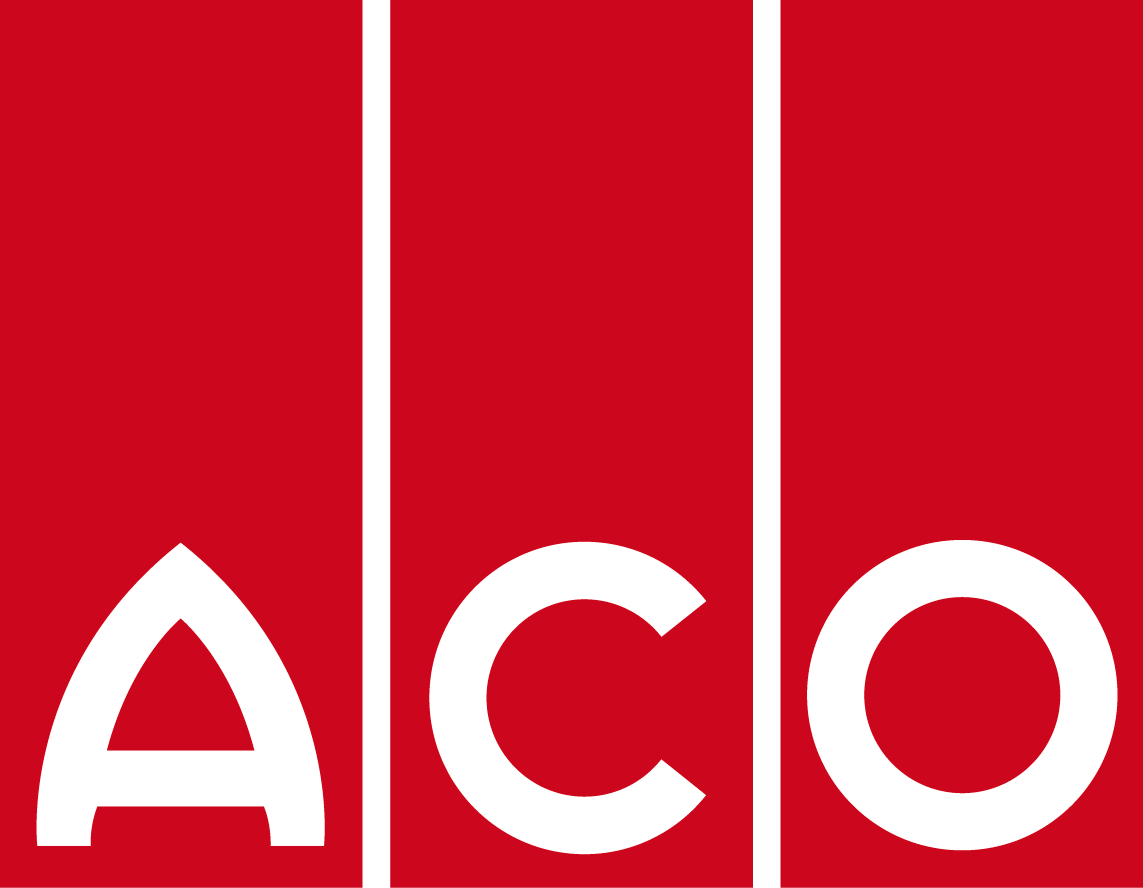Frequently Asked Questions
Commercial applications include commercial kitchens, supermarkets and hotels.
Industrial applications include food and beverage processing, abattoirs and pharmaceutical applications.
For more info, click here
Channels with removable grates and slot drainage options exist.
For more info, click here
For commercial and industrial projects, stainless steel is often selected because of its excellent properties: it is durable with a long life span, corrosion resistant, temperature resistant, recyclable (can be scrapped safety and has resale value) and has great aesthetics. It is selected for use in food preparation and processing applications because of its hygienic benefits and ease of cleaning.
For more info, click here
Typical factors that affect material selection:
- type(s) of chemical(s) and % composition in the liquid
- concentration percentages
- contact time with trough system
- temperatures of liquid flowing into the trough
- flushing system employed to clear liquids from the system
- type of cleaning agent
- grate, locking mechanism and trash basket materials
- sealant for compatibility, if applicable
For more info, click here
There are four main types of flooring used in commercial and industrial applications. Vinyl sheet, tiled and polished concrete floors are most commonly found in commercial applications, where resin floor is the most common choice for industrial applications. Resin floor, also known as epoxy floor, is a hard wearing and hygienic floor type, but is expensive too, which is why it is not often used in commercial applications were budgets are lower. The joint between floor and drain is imperative in any application.
For more info, click here
AS 3996 is the Australian standard for linear channel load classes. EN 1253 is a standard specifically written for small grates.
For more info, click here
There are two key user requirements to consider: the slot opening area and slip resistance.
For more info, click here
The joining of run lengths must be considered as in long runs, channels cannot be transported in a single piece. There are three options to join channels together.
Fysh plate is the most common solution and is suitable for most applications. A fysh plate is a sleeve-style joint using sealant to connect the two pieces together. The integrity of seal is dependent on sealant selected and selection must take into account chemicals that the sealant will be exposed to. Every seal has limited lifespan, which must be taken into account when being selected.
Flange and gaskets are ideal for applications where a more rigorous seal is required. Once installed, a little of the gasket is visible in between channel connections. A flange adds around 20mm to the overall channel depth, which could be an issue in restricted depth applications.
Weld-on-site is the best, but most expensive option and is really only used where hygiene is important and a complete water barrier is imperative. If welding on site is selected, on-site passivation is required to remove impurities introduced from the welding process. If the channels are not passivated, they will corrode.
For more info, click here
Commercial kitchens are in bars, restaurants, hotels and cafes, and there are large scale commercial kitchens in hotels and cafeterias.
Commercial kitchens have different types of users. For example, in a commercial kitchen, it’s not just chefs, in serving areas there could also be waiters and waitresses so heel safety is a concern. There are also different types of equipment to be drained – for example commercial tilting kettles. These are discharged straight into the drain and require a wide channel.
For more info, click here
Generally in the deli area, in front of cool rooms, in the bakery, in change/bathrooms and on docks
For more info, click here
Compared to commercial applications, food processing areas are punishing, sees heavier wheel loads and generally requires a more robust drainage system.
For more info, click here
Beverage processing has different requirements compared to industrial food production. The flow rates that drains are subjected to are often much higher and there is often broken glass that could fall into the drainage system.
For more info, click here
Allowance must be made, where relevant, for the topping, waterproof membrane and pipe connection.
For more info, click here






